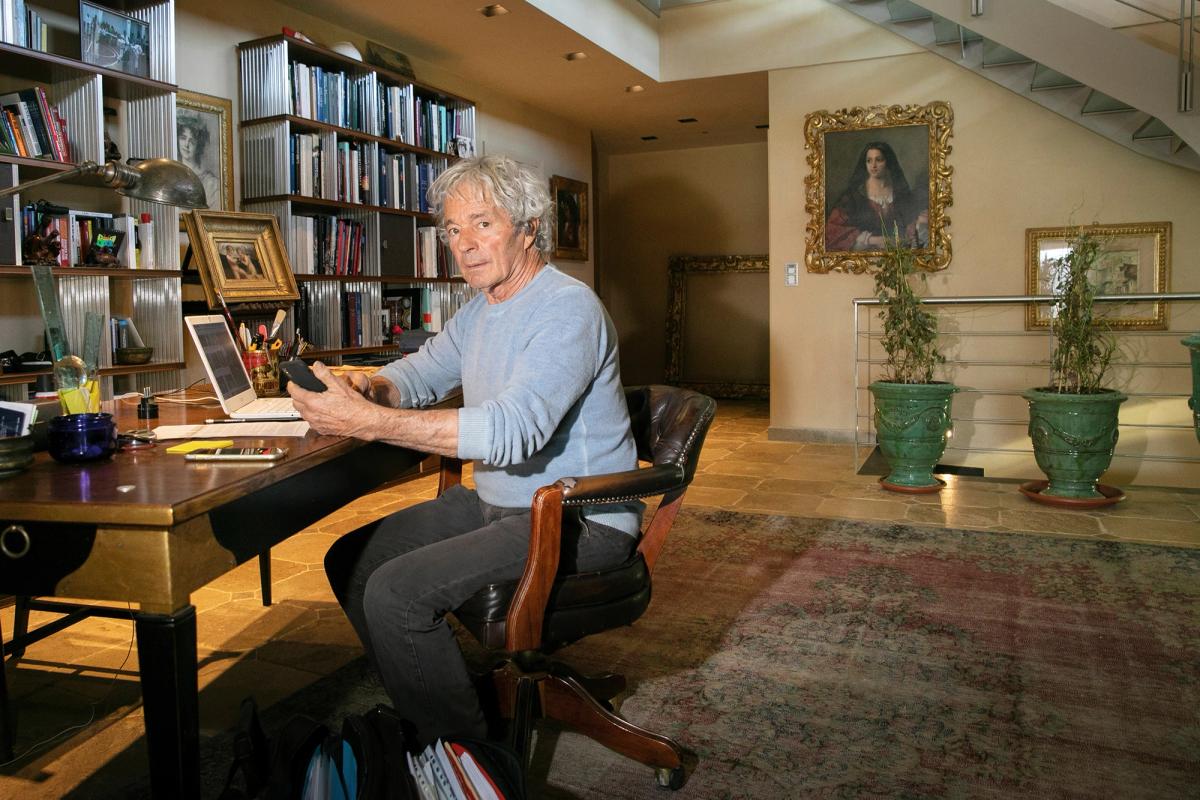The French art dealer and collector Giuliano Ruffini, who is suspected to be the mastermind behind a series of forged Old Masters that shook the art world, is seemingly nowhere to be found, according to sources close to the investigation in Italy and France. A European warrant was issued in 2019 for the 77-year-old's arrest by Parisian judge Aude Buresi, who has led a seven-year investigation into a series of allegedly forged Old Master paintings sold over recent decades for tens of millions of euros.
But the Italian Supreme Court had delayed the arrest of the French art dealer until the conclusion of a fiscal procedure against him. The Italian tax office had sought a €12m fine for undeclared business deals, but Ruffini, who claimed he was a fiscal resident in Belgium and Malta, was cleared by the court. The prosecution did not appeal the judgement, opening the way for his arrest and transfer to France. According to our sources, however, law enforcement authorities were unable to find Ruffini at his home in the mountains near Reggio Emilia and he has not responded to police summons.
Police seem to have no idea of his whereabouts or even whether he is still in Italy. The Art Newspaper found that his phone lines had been disconnected, and Ruffini did not reply to emails asking if he would be ready to defend himself before the French judge or if he was indeed on the run.
One of Ruffini's lawyers in Paris tells The Art Newspaper that his client “is free to come and go and is not restricted by any legal control or disposition”. But neither Ruffini, contacted by email, nor his lawyer confirm whether he will defend himself before the French judge.
Ruffini has always maintained his innocence, arguing that the attribution of the suspected paintings to Old Masters was the responsibility of the experts who authenticated them. Over the past several decades, he sold dozens of paintings including a Venus owned by the Prince of Liechtenstein and attributed to Cranach, and a Saint Cosmas belonging to the US-based Alana Collection, attributed to Bronzino. Both paintings were returned to their owners after being judged as fakes by legal scientific examinations that found common characteristics with other panels seized in Paris, attributed to Brueghel or El Greco, all of which have an allegedly forged provenance.
Sotheby's, which sold a Saint Jerome painting as the work of Parmigianino's circle and a portrait attributed to Frans Hals, reached the same conclusions when the forensic laboratory Orion Analytical found traces of 20th-century pigment under the paint layers. Both buyers of the paintings were refunded.
The Musée du Louvre and the Musée Jacquemart André in Paris, the National Gallery of London, the Metropolitan Museum of Art in New York, the Kunsthistorisches Museum in Vienna, as well as dealers and curators throughout Europe, had all previously endorsed the authenticity of works sold by Ruffini.


